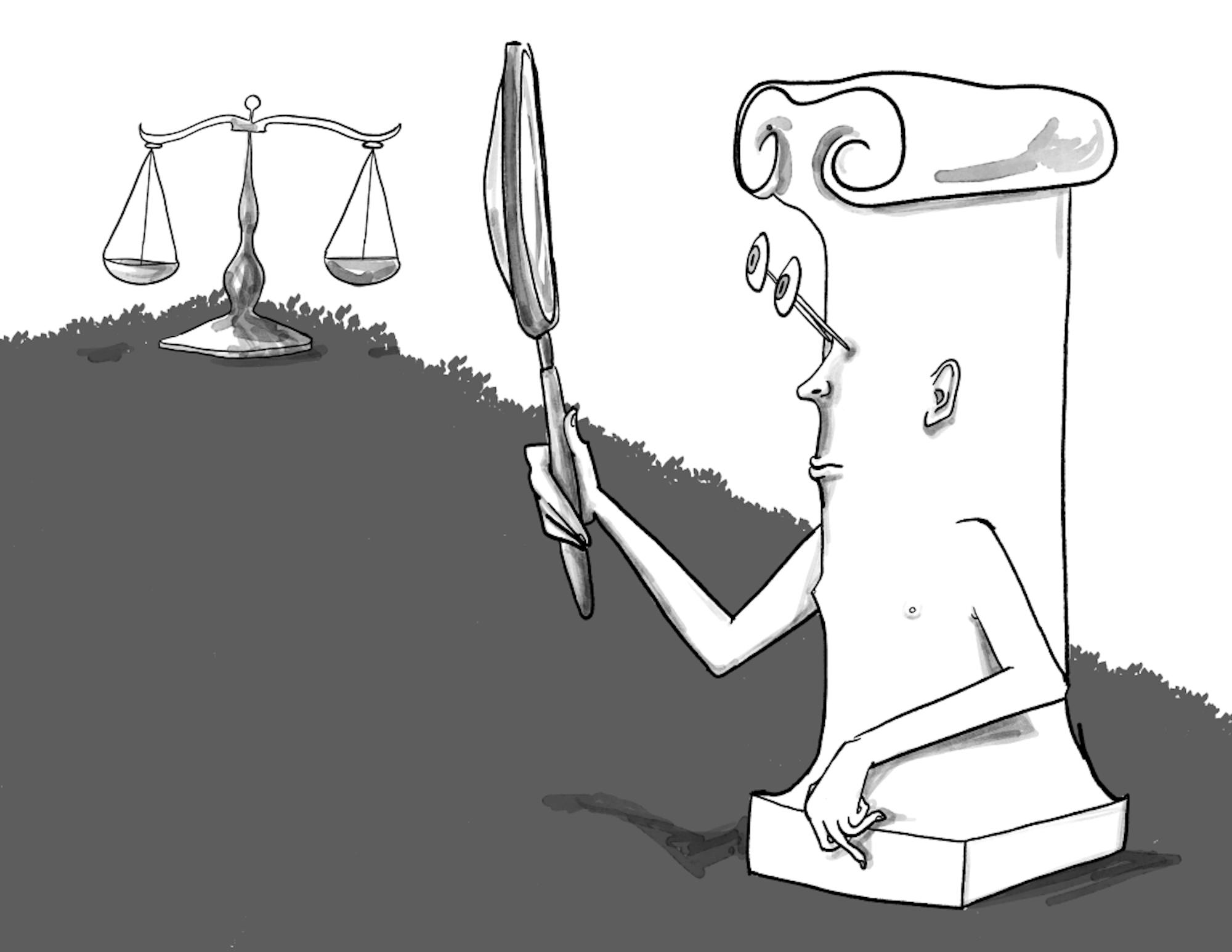A Nov. 12, 2019, article in the Daily reported that the net wage gap between male and female professors has expanded.These findings emerged from a 2018–19 study by the American Association of University Professors (AAUP), which reveals that full-time female professors at Tufts get paid, on average, $5,400 less than their male counterparts, and that a gender wage gap exists for assistant, associate and full professor positions.However, this data does not tell the whole story. Tufts Executive Director of Media Relations Patrick Collins told the Daily in an email that the survey presented data in aggregate, meaning that it lumped together salaries of professors in a variety of disciplines who have varying levels of seniority, education, experience and performance in their respective fields. The AAUP report may not provide a nuanced and comprehensive enough representation of pay disparities because it does not account for the aforementioned factors, coupled with several others, that affect salaries.
The last in-depth study of faculty salaries at Tufts was conducted 11 years ago in the 2008–09 academic year. Professor of economics Jeff Zabel conducted the study, employing a regression analysis that controlled for variables including rank, years at the university, department, lateral hire and chair position. In his study, he found a variance of about 1–2% in salaries between genders. Tufts had not achieved complete parity a decade ago, and we do not know where Tufts stands right now. We need to know if this gap still remains, and if it has widened or narrowed. As an institution dedicated to upholding values of diversity and inclusion, Tufts should actively attempt to discern and address any issues of gender inequality.
If, as Tufts asserts, the aggregate data from the AAUP oversimplifies wage comparisons, it is critical that the university gather the data that truly reflects the status of the wage gap. Tufts should conduct a more sophisticated analysis of the gender wage comparison for professors, similar to Zabel’s study. A more comprehensive analysis tells a more detailed story, and with that, Tufts will be able to identify and remedy any inequities.
This more comprehensive analysis could also account for how other factors like race may affect salaries and could more closely examine how the intersections of numerous identities influence pay. Wage inequalities based on race persist as a national issue. The United States Census Bureau 2018 report found that black and Hispanic households had lower median incomes than their white and Asian counterparts, and the Institute for Women’s Policy Research reports that pay disparities are even more significant for women of color. In including these additional variables, Tufts would be better equipped to ensure that pay evaluations are fair and eliminate the influences of gender and race in salaries, a problem that persists on a national scale.
It is important that the university does not just issue a one-time study; this data should be gathered regularly. In the aforementioned Daily article, Professor of Urban and Environmental Policy and Planning Sheldon Krimsky mentioned a past program professors could use to compare their salary against that of the average of their cohort group. If there was a standard deviation difference in salaries, a claim could be made and the university would sometimes issue just compensation. Because no such reports have been made since the Tufts AAUP chapter became inactive, faculty no longer have a means to assess whether they are being paid equitably. To promote transparency and honor the hard work of Tufts faculty, the university should collect data and conduct analysis.
To combat these inequities, Tufts must approach the issue from multiple angles. Female underrepresentation in leadership positions contributes to and perpetuates gender wage disparities. In 2018, the Eos Foundation ranked Tufts 87th out of 93 Massachusetts-based schools in its Women’s Power Gap in Higher Education report, deeming Tufts an institution whose gender disparities in leadership “need urgent attention.” In response to the findings of the report, the TCU Senate passed a resolution last semester titled “A Resolution Calling on Tufts University to Achieve Gender Parity in University Leadership.” Since then, Tufts has made efforts to increase the number of women in leadership. This past year, several women have assumed senior leadership positions, including provost, vice provost for research and dean of the Fletcher School.The Eos Foundation currently ranks Tufts 60th out of 87 Massachusetts-based schools, a slight improvement from last year’s ranking.However, Tufts still lags behind some of its peer schools in the NESCAC in gender parity, including Amherst College, ranked 31st, and Williams College, ranked 42nd.
Collins has acknowledged that Tufts still “has room for improvement" — it is important that the university has taken this first step to recognize the need for change. However, recognition should translate into sustained action. Tufts must maintain and strengthen existing efforts so that full gender parity can be achieved across the board.
Editorial: Tufts must act to achieve gender pay parity






